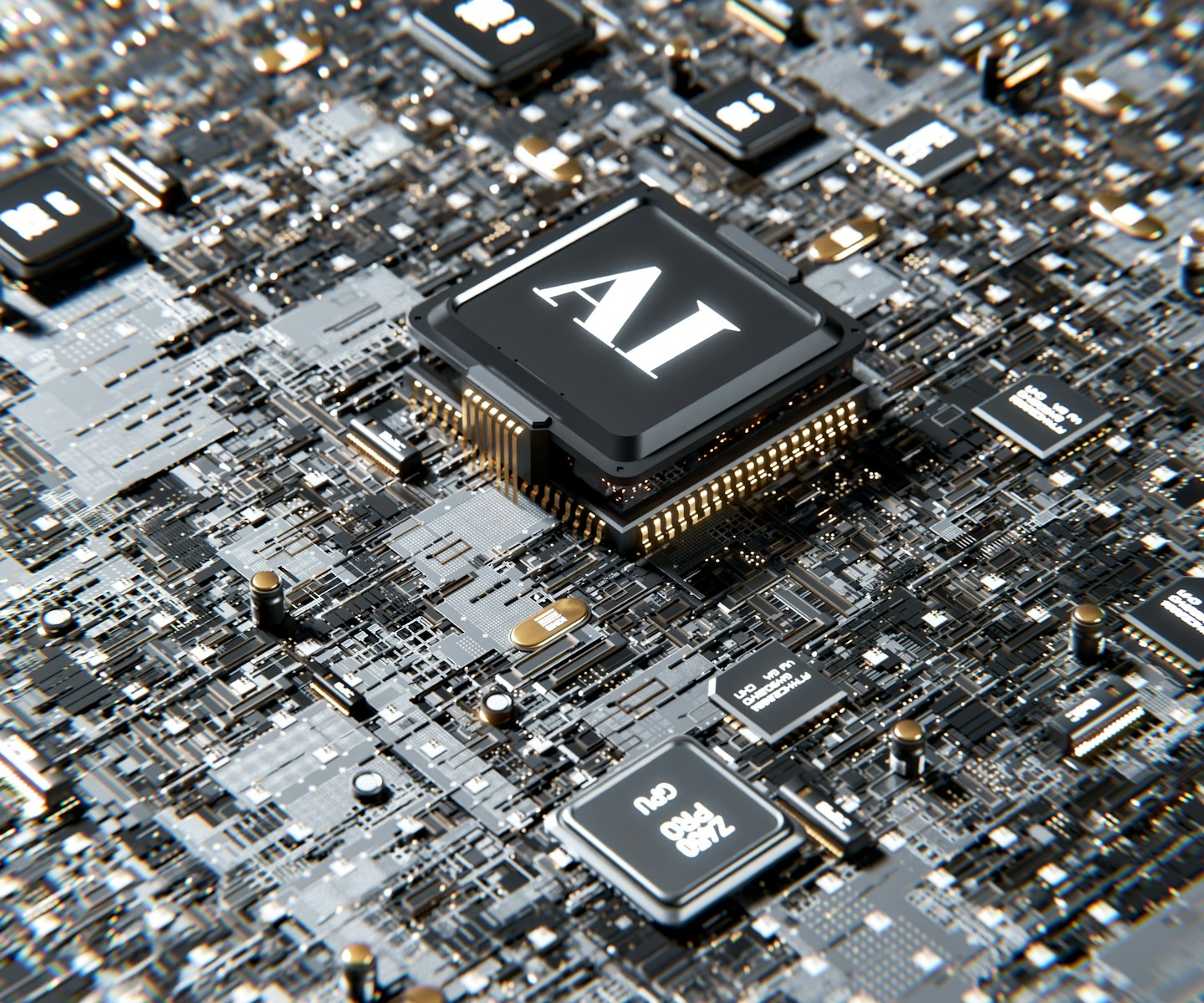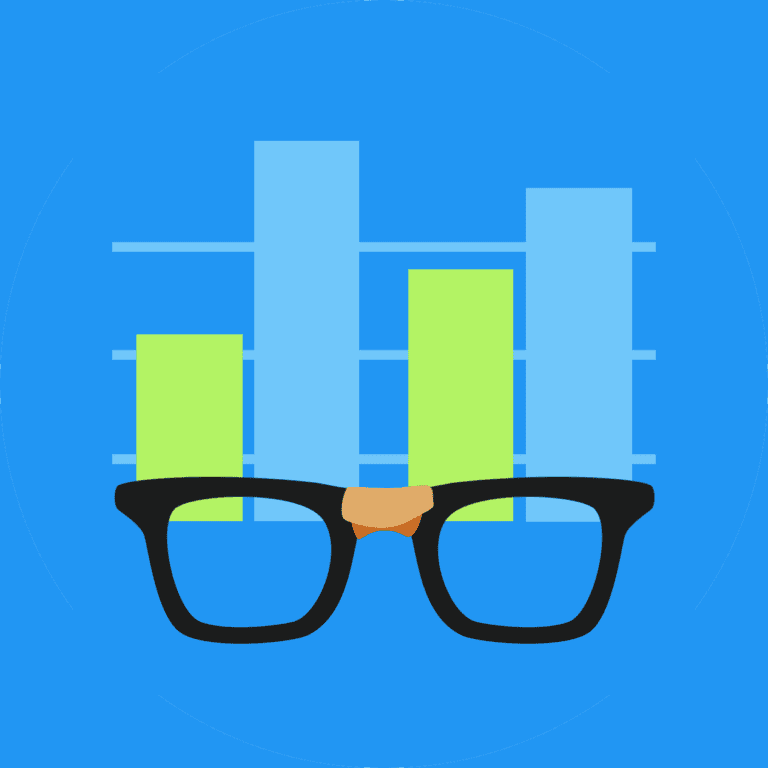
Artificial intelligence has become a buzzword in today’s technological landscape, but many people still struggle to understand what it truly means. From smart assistants on our phones to complex systems making business decisions, AI surrounds us in ways we might not even realize. Artificial intelligence refers to computer systems capable of performing complex tasks that historically only humans could do, including learning from experience, adapting to new inputs, and executing human-like reasoning.
When you explore the concept of AI, you’ll find that different experts and organizations define it in slightly different ways. Some focus on the ability of machines to mimic human thinking, while others emphasize the capability to solve problems or make decisions autonomously. Understanding these various perspectives can help you grasp the full scope of what artificial intelligence encompasses and how it continues to evolve in our increasingly digital world.
1. What Is Artificial Intelligence?
Artificial Intelligence (AI) refers to the development of computer systems capable of performing tasks that typically require human intelligence. These tasks include:
- Understanding natural language
- Recognizing images and speech
- Making decisions
- Learning from data and experience
In simple terms, AI enables machines to perceive, reason, learn, and act in ways that mimic human cognition (source: Coursera).
2. Core Concepts of Artificial Intelligence
To understand AI, it’s important to break down its foundational concepts:
a) Machine Learning (ML)
- A subset of AI where algorithms learn patterns from data and improve over time without explicit programming.
- Example: Netflix recommending shows based on your viewing history.
b) Deep Learning (DL)
- A type of machine learning that uses neural networks with many layers to process complex data.
- Example: Facial recognition on smartphones.
c) Natural Language Processing (NLP)
- The ability of machines to understand, interpret, and generate human language.
- Example: Virtual assistants like Siri or Alexa.
d) Computer Vision
- Enables machines to interpret and analyze visual information from the world.
- Example: Self-driving cars detecting pedestrians and traffic signs.
e) Robotics
- The integration of AI into machines that can perform physical tasks.
- Example: Robots used in manufacturing or healthcare.
f) Reinforcement Learning
- A learning method where agents improve by receiving rewards or penalties for their actions.
- Example: AI systems mastering games like chess or Go.
3. Types of AI
AI can be classified into different categories:
- Narrow AI (Weak AI): Designed for specific tasks (e.g., spam filters, chatbots).
- General AI (Strong AI): A theoretical form of AI capable of human-level reasoning across any task.
- Superintelligent AI: A future concept where AI surpasses human intelligence.
Currently, all real-world AI is narrow AI (source: Analytics Insight).
4. Applications of Artificial Intelligence
AI is already embedded in many aspects of daily life and industry. Some key applications include:
Everyday Applications
- Voice Assistants: Siri, Google Assistant, Alexa
- Recommendation Engines: Netflix, YouTube, Spotify
- Smart Devices: AI-powered home appliances and IoT devices
Industry Applications
- Healthcare: AI for diagnostics, drug discovery, and personalized treatment plans
- Finance: Fraud detection, algorithmic trading, risk assessment
- Retail: Personalized shopping experiences, inventory management
- Transportation: Self-driving cars, route optimization
- Manufacturing: Predictive maintenance, quality control
- Education: Adaptive learning platforms, automated grading
5. Benefits and Challenges of AI
Benefits
- Increased efficiency and automation
- Enhanced decision-making
- Cost savings in business operations
- Improved personalization in services
Challenges
- Ethical concerns (bias, fairness, accountability)
- Job displacement due to automation
- Data privacy and security issues
- Risk of over-reliance on AI systems
6. The Future of AI
AI is expected to continue evolving rapidly, with advancements in explainable AI, human-AI collaboration, and autonomous systems. While opportunities are vast, responsible development and regulation will be crucial to ensure AI benefits society as a whole.
✅ Key Takeaway
Artificial Intelligence is not just a futuristic concept—it’s already here, shaping industries and daily life. By understanding its core concepts and applications, individuals and organizations can better prepare for the opportunities and challenges AI brings.
Artificial intelligence is the simulation of human intelligence processes by machines, especially computer systems. – TechTarget
This widely accepted definition of AI comes from TechTarget’s explanation of artificial intelligence. It captures the essence of what AI technology aims to achieve.
When you break down this definition, you can see it focuses on simulation rather than replication. AI systems don’t need to think exactly like humans—they just need to produce similar results.
The definition specifically mentions “intelligence processes” which includes learning, reasoning, and self-correction. These are the cognitive functions you perform naturally that machines are programmed to mimic.
Computer systems are highlighted as the primary vessels for AI technology. While AI can exist in various forms, computers remain the most common implementation method you’ll encounter.
You might notice this definition avoids making claims about consciousness or true understanding. It’s focused on practical outcomes rather than philosophical debates about machine sentience.
This straightforward definition has stood the test of time because it’s both accurate and accessible. You don’t need a technical background to grasp its meaning.
When exploring AI applications, you’ll find this definition helps distinguish between true AI and simple automated systems. The key difference lies in how well the technology simulates human-like decision making.
Understanding Artificial Intelligence
Artificial intelligence represents a significant technological advancement that continues to reshape our world. AI systems combine computer science, data analysis, and advanced algorithms to perform tasks that traditionally required human thinking.
Nature and Scope of AI
Artificial intelligence refers to computer systems capable of performing complex tasks that historically only humans could do. These systems can analyze vast amounts of data, recognize patterns, and make decisions with limited human intervention.
AI encompasses several key capabilities. These include:
- Machine learning: Systems that improve with experience
- Natural language processing: Understanding and generating human language
- Computer vision: Interpreting visual information
- Problem-solving: Finding solutions to complex challenges
The scope of AI ranges from narrow AI (focused on specific tasks) to general AI (with broader human-like capabilities). Most current applications fall under narrow AI, excelling at specific functions like voice recognition or recommendation systems.
Your interactions with AI likely occur daily through virtual assistants, spam filters, and personalized content recommendations.
Historical Development
AI’s journey began in the 1950s when the term “artificial intelligence” was first coined at the Dartmouth Conference. Early AI focused on symbolic reasoning and rule-based systems that attempted to mimic human logical thinking.
The field experienced several “AI winters” – periods of reduced funding and interest due to unmet expectations. These challenges occurred primarily in the 1970s and 1980s when progress didn’t match ambitious predictions.
A revival came in the 1990s with machine learning approaches gaining traction. The true breakthrough emerged in the 2010s with deep learning, powered by:
- Neural networks with multiple layers
- Unprecedented computing power
- Massive datasets for training
Today’s AI development accelerates at remarkable speed. Every year brings new capabilities that were previously thought impossible, from machines that learn from experience to systems that can generate creative content.
AI vs. Human Intelligence
While AI can simulate human learning and comprehension, fundamental differences exist between machine and human intelligence. AI excels at specific tasks but lacks the general adaptability humans possess.
Key differences include:
| AI Intelligence | Human Intelligence |
|---|---|
| Processes data at tremendous speed | Slower processing but better contextual understanding |
| Excellent pattern recognition in specific domains | Superior general reasoning and creativity |
| No emotional intelligence or consciousness | Driven by emotions, values, and consciousness |
| Requires explicit programming or training data | Can learn through various methods with minimal guidance |
You might notice AI systems perform impressively in narrow fields like chess or image recognition. However, they struggle with common-sense reasoning that even children master easily.
The complexity of cognitive functions associated with human intelligence presents ongoing challenges for AI development. Creating systems that truly understand context, nuance, and ethics remains an aspirational goal.
Core Concepts and Technologies
Artificial intelligence relies on several key technologies that allow computers to perform tasks typically requiring human intelligence. These foundational elements work together to create systems that can learn, adapt, and make decisions with varying degrees of autonomy.
Machine Learning
Machine learning forms the backbone of modern AI systems. This technology enables computers to learn from data without being explicitly programmed for every task.
There are three main types of machine learning:
- Supervised learning: You provide labeled data, and the algorithm learns to make predictions based on these examples.
- Unsupervised learning: The system finds patterns in unlabeled data without guidance.
- Reinforcement learning: Algorithms learn through trial and error, receiving rewards for desired behaviors.
Machine learning powers many applications you use daily, from recommendation systems on streaming platforms to fraud detection in banking. The effectiveness of these systems depends on data quality and quantity. With proper training data, ML algorithms can recognize patterns too complex for humans to program manually.
Neural Networks
Neural networks are computing systems inspired by the human brain. They consist of interconnected nodes (neurons) organized in layers that process information.
The basic structure includes:
- Input layer: Receives raw data
- Hidden layers: Process information through weighted connections
- Output layer: Produces the final result
Deep learning, a subset of neural networks with many hidden layers, has revolutionized AI capabilities. These complex systems excel at:
- Image recognition with accuracy sometimes exceeding human performance
- Speech recognition powering virtual assistants
- Complex pattern detection in vast datasets
Neural networks have transformed fields like medical diagnostics, where they can detect diseases from medical images with remarkable precision. Their ability to handle unstructured data makes them particularly valuable for complex real-world applications.
Natural Language Processing
NLP enables computers to understand, interpret, and generate human language. This technology bridges the gap between human communication and machine understanding.
Key components of NLP include:
Text analysis: Breaking down language into components like syntax, semantics, and sentiment
Language generation: Creating human-like text responses
Translation: Converting text between languages while preserving meaning
Recent advances in transformer models have dramatically improved NLP capabilities. These systems can now:
- Answer complex questions with contextual understanding
- Summarize lengthy documents while maintaining key points
- Generate creative content like stories or poems
You interact with NLP daily through chatbots, voice assistants, and translation services. The technology continues to improve, making interactions between humans and machines increasingly natural and effective.
Robotics
Robotics combines AI with physical machines to create systems that can interact with the physical world. These robots use sensors to perceive their environment and make decisions about how to act.
Modern robotics applications include:
- Manufacturing: Precision assembly and quality control
- Healthcare: Surgical assistance and patient care
- Exploration: Investigating dangerous or inaccessible environments
Robots rely on computer vision to “see” and understand their surroundings. Combined with machine learning, they can improve their performance over time through experience.
The field faces challenges in developing robots that can navigate unpredictable environments and perform delicate tasks. Progress in this area depends on advances in sensors, actuators, and AI decision-making capabilities. As these technologies improve, robots will take on increasingly complex roles in society.
Frequently Asked Questions
Artificial intelligence encompasses several types, definitions, applications, and benefits that help us understand this complex technology. Many people have questions about how AI works and what it means for different fields.
What are the different types of artificial intelligence?
AI can be categorized into several types based on capabilities and functionality. The most common classification includes narrow AI, general AI, and superintelligent AI.
Narrow AI (or Weak AI) performs specific tasks and is what we see in everyday applications like voice assistants and recommendation systems.
General AI (Strong AI) would have human-level intelligence across a wide range of tasks, but this doesn’t exist yet.
Superintelligent AI would surpass human intelligence in virtually all areas, remaining theoretical at this point.
How can artificial intelligence be defined in simple terms for educational purposes?
AI can be defined as technology that allows machines to perform tasks typically associated with human intelligence. It’s like teaching computers to think and learn.
For students, you can explain AI as computers that can learn from experience, adjust to new information, and perform human-like tasks.
AI systems use data to improve their performance over time without being explicitly programmed for each new situation.
What examples illustrate the concept of artificial intelligence?
Common examples of AI include virtual assistants like Siri and Alexa that understand and respond to voice commands. These systems demonstrate natural language processing capabilities.
Self-driving cars use AI to perceive their environment, make decisions, and navigate roads safely.
AI-powered recommendation systems on platforms like Netflix and Amazon analyze your preferences to suggest products or content you might enjoy.
Image recognition systems can identify objects, faces, and even emotions in pictures, showing AI’s ability to “see” and interpret visual data.
What are the key advantages associated with the use of artificial intelligence?
AI can work continuously without breaks, maintaining consistent performance levels unlike humans who need rest. This leads to increased productivity in many fields.
It can process and analyze massive amounts of data far faster than humans, identifying patterns that might otherwise go unnoticed.
In healthcare, AI helps with earlier disease detection and more accurate diagnoses, potentially saving lives through improved medical care.
AI reduces human error in repetitive tasks, improving safety and quality in manufacturing, transportation, and other industries.
In what ways is artificial intelligence integrated within computer systems?
AI is integrated through algorithms and models that enable computers to learn from data. Machine learning systems adjust their operations based on patterns they discover.
Natural language processing allows computers to understand, interpret, and generate human language, enabling communication between humans and machines.
Computer vision systems use AI to interpret visual information from the world, allowing machines to “see” and understand their surroundings.
AI decision-making systems evaluate options and select actions based on programmed goals and available information.
How can one succinctly summarize the function of AI in a single word?
“Simulation” captures AI’s essence as it fundamentally aims to simulate human intelligence processes through computer programs.
Alternatively, “learning” emphasizes AI’s distinctive ability to improve performance through experience without explicit programming.
“Adaptation” highlights how AI systems modify their behavior based on changing inputs and environments, resembling human adaptability.






